The appe pan, also known as the "appey pan" or "paniyaram pan," is a cookware item originating from South India. It is specifically designed for making a popular South Indian snack called "appe" or "paniyaram."
Table of Contents
Origin of Appe Pan:
The appe pan has its origins in South India, where it has been used for generations to prepare paniyaram, a traditional snack or breakfast item. Paniyaram is made from a fermented batter of rice and lentils, and it can be sweet or savory. Over time, the popularity of paniyaram spread beyond South India, and the appe pan became a versatile cookware item in many Indian kitchens.
Design of Appe Pan:
The appe pan is distinctive in its design, characterized by multiple small, round, or oval cavities or molds. These molds are usually semi-spherical in shape and are evenly spaced across the surface of the pan. The number of molds can vary, with common options being 7, 9, or 12 molds in a single pan. The molds are shallow and have a slight depression in the center, allowing the paniyaram to take on its characteristic round shape with a slightly crispy exterior and a soft interior.
Materials of Appe Pan:
Traditionally, appe pans were made of materials like cast iron, which is known for its excellent heat retention. However, modern versions of the appe pan are often made from other materials, including non-stick-coated aluminum and stainless steel. Each material has its own set of advantages and considerations, such as ease of maintenance and heat distribution.
Versatility of Appe Pan:
While the appe pan is primarily used for making paniyaram, it is a versatile cookware item that can be employed to prepare a range of other dishes. Variations of paniyaram, both sweet and savory, can be made with different ingredients and flavors. Additionally, the pan can be used to make small, round dosa (crepes), mini uttapams, and even small dumplings or fritters.
Conclusion:
In summary, the appe pan is a unique and specialized cookware item that originated in South India for making paniyaram, a beloved South Indian snack. Its distinctive design, with multiple semi-spherical molds, allows for the easy preparation of these delectable treats. While its primary purpose is making paniyaram, it has found its place in kitchens beyond South India for its versatility in preparing a variety of small, round dishes.

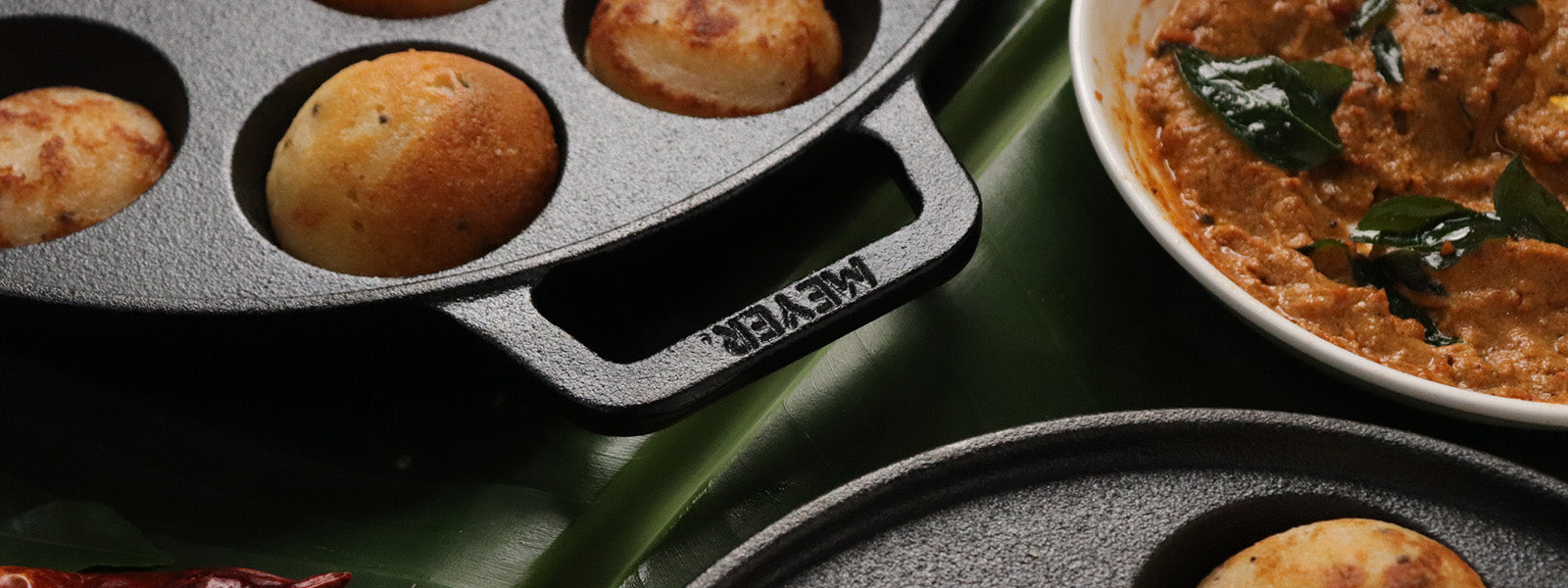
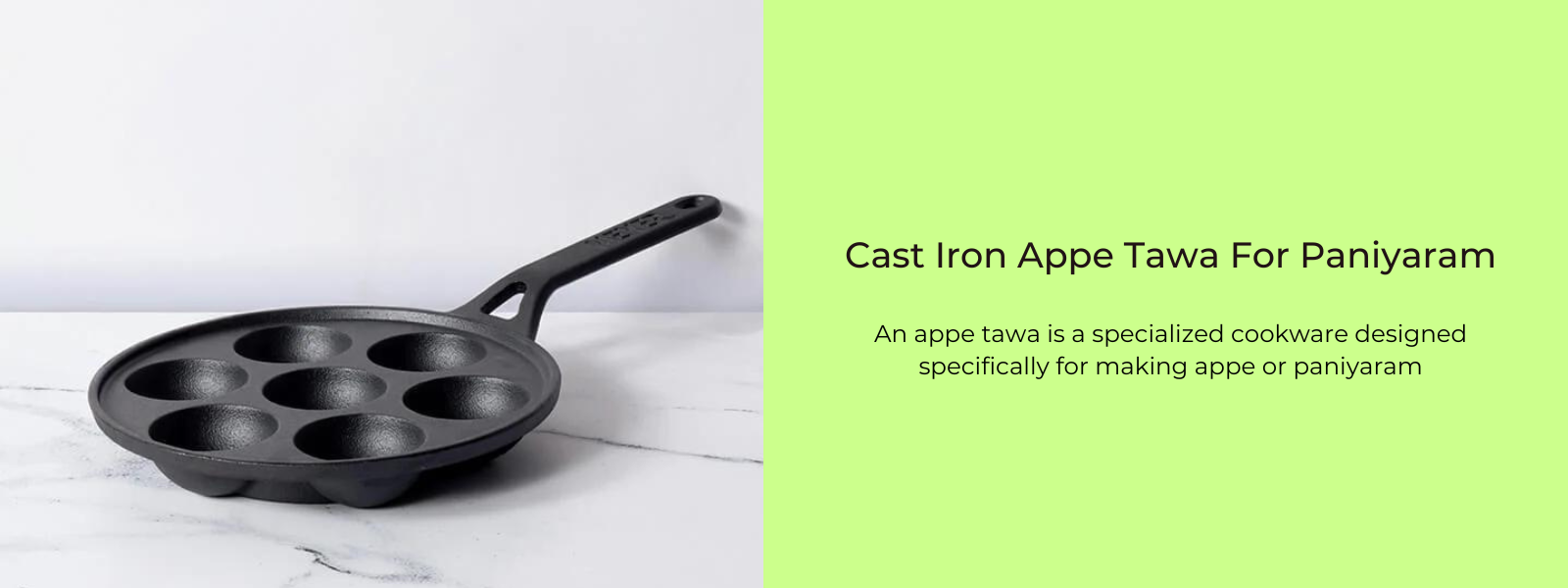
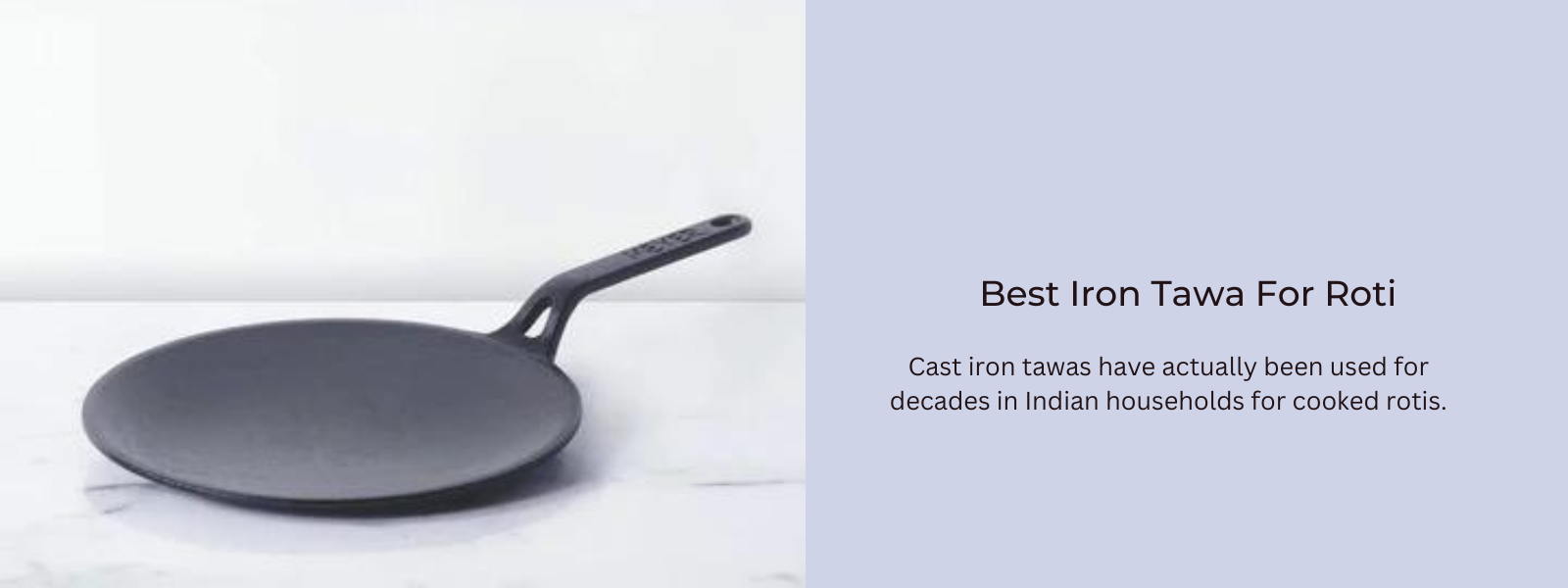
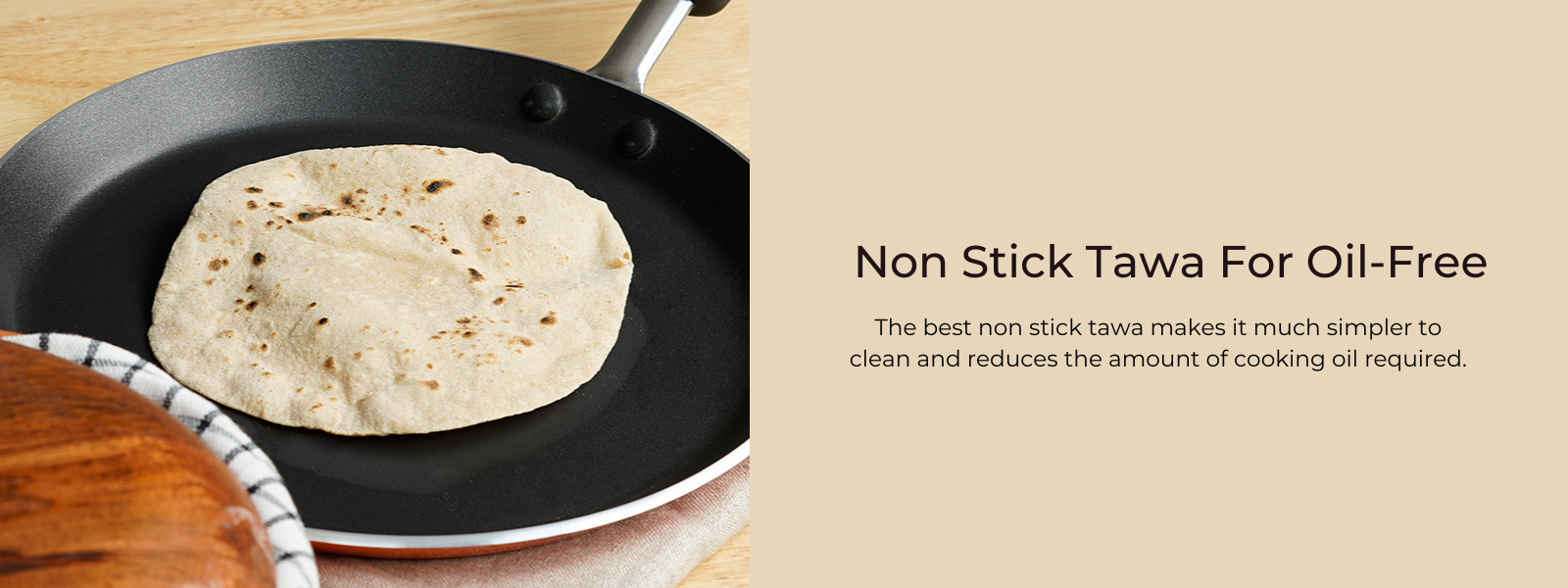
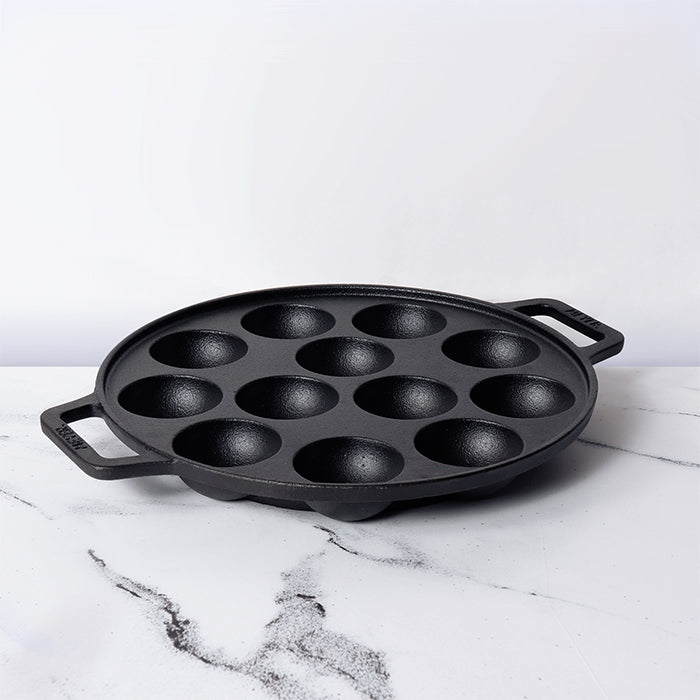





Leave a comment